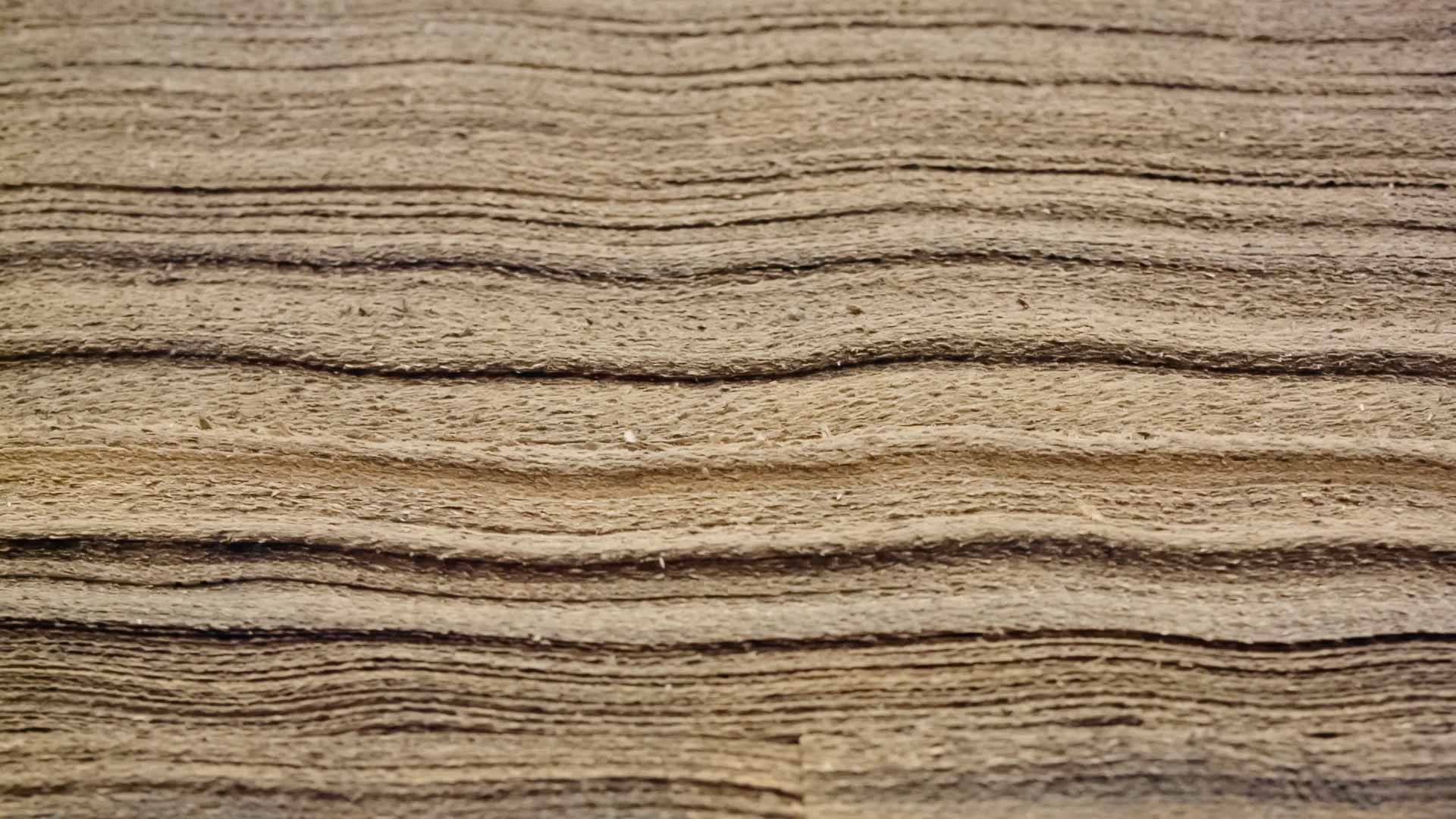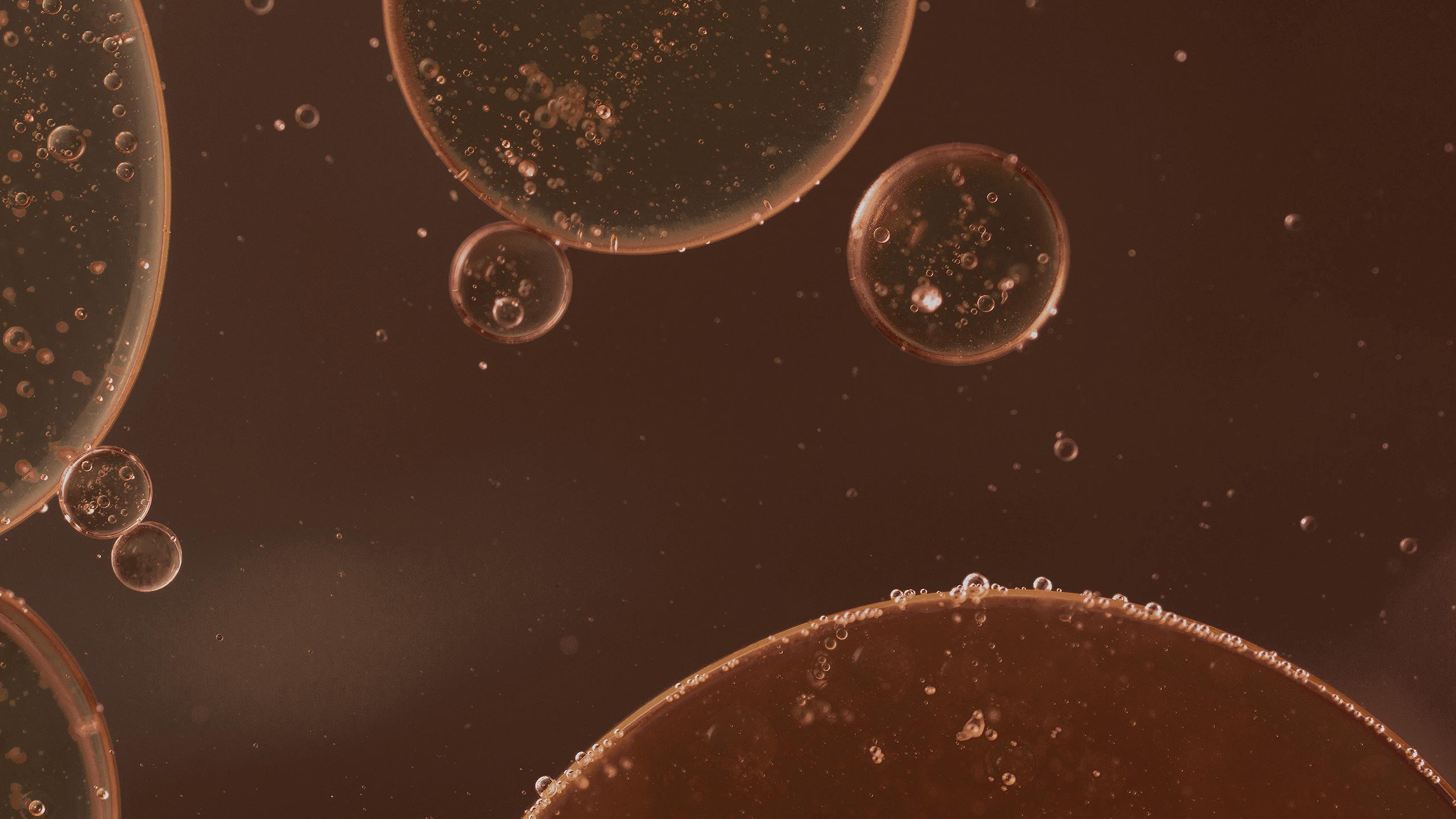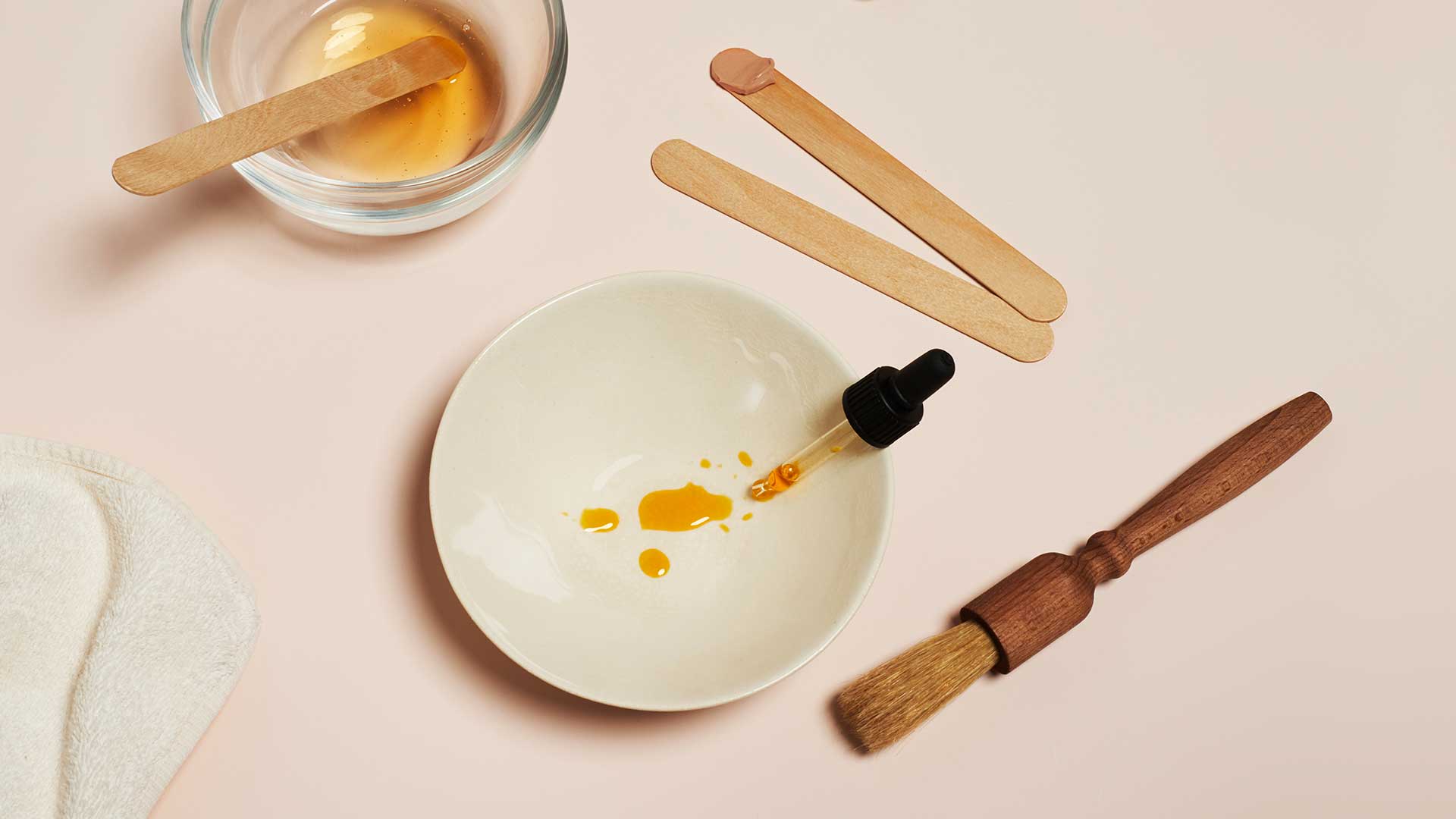A well-considered skin care regimen is necessarily a tailored one, taking into account such factors as environmental conditions, lifestyle, and most crucially: skin type. Of course it is never a good idea to pigeon-hole one’s skin into a rigid category: in skin care as in all things, generalisations are often ill-advised. Yet when one examines such characteristics as sebum production, pore size, texture and tone, certain regularities do emerge, making it possible to delineate four broad groups, whose boundaries are not always neatly defined: dry, oily, combination and—for lack of a better word—‘normal’ skin. These are not to be confused with more transient conditions such as skin reactivity, dehydration or congestion, which can affect all skin types. This article will give a brief overview of each of the main skin types and how to care for them, with suggestions for further reading for those interested in digging deeper.
An introduction to skin types


‘Normal’ skin
So-called ‘normal’ skin, as the imperfect name indicates, is neither oily nor dry: its sebum production is appropriately moderate. It is also characterised by small pores, a fine texture, an even tone, and a supple and smooth surface, marked by few blemishes if any. Yet this does not imply that variations from these characteristics are in any way ‘abnormal’: contrary to what the name may imply, this skin type is the exception rather than the rule. The lucky few whose skin naturally matches the description above should still be careful to maintain its equilibrium, using mild yet efficacious formulations that cleanse, tone and hydrate, supplemented by twice-weekly exfoliation and deep cleansing, as well as nourishing treatments when needed.

Oily skin
Oily skin is generally distinguished by a shiny appearance, enlarged pores, and a greater susceptibility to congestion. These characteristics are the result of an abundant production of sebum—an oily, waxy substance that serves to protect, waterproof and lubricate the skin.

Such heightened production can have a variety of causes, both internal and external. These range from genetics to hormonal changes—such as those that accompany puberty, pregnancy or menopause, or those that result from stress or from the menstrual cycle. Environmental conditions also play a role: hot, humid weather for instance tends to exacerbate sebum production, while artificial heating and cooling can dehydrate the skin—which in turn causes the skin to increase sebum production so as to retain more moisture. Our formulations contain different families of ingredients that can help restore equilibrium. Astringent ingredients, which constrict body tissues, help tighten the larger, more open pores often associated with oily skin—examples include Witch Hazel, Parsley Seed Oil and Green Tea Extract. Ethyl alcohol (also known as Ethanol) helps dissolve excess sebum on the skin’s surface, making it easier to remove, leaving the skin matte and balanced. Our formulations also employ numerous botanical extracts such as Bitter Orange, Tea Tree Leaf and Rosemary Leaf that are renowned for their cleansing and purifying properties, which support the overall efficacy of products formulated to address congestion and balance sebum production. Finally, to avoid dehydration and the increased oiliness that may be caused in response, humectants like Panthenol, Glycerin and Sodium Carrageenan—which attract, bind and trap water—are particularly recommended to bring much-needed moisture to the skin. To regain and maintain equilibrium, oily skin requires assiduous cleansing and light but effective hydration. For this skin type, we recommend formulations that address excess sebum, but that do not strip the skin’s natural oils completely. Over-cleansing and under-moisturising are understandable temptations when trying to deal with a shiny surface, but it will only encourage moisture-sapped skin to produce more oil.
Dry skin
When it comes to skin care, the term ‘dry’ can be a bit misleading, or at least ambiguous. ‘Dry skin’ is not necessarily characterised by a lack of moisture, but rather by an insufficient production of sebum. In other words, in this context, ‘dry’ is the opposite of ‘oily’, not ‘wet’. That being said, dryness does compromise the integrity of the skin’s lipid barrier, which in turn makes the skin more vulnerable to moisture loss (or ‘dehydration’), as well as increased sensitivity. Dry skin may also present a fine, scaly, flaky or patchy texture, and a dull appearance. Often, this results in sensations of roughness or ‘tightness’, particularly after cleansing—and, in some cases, redness and a general sense of discomfort.

Dryness may be caused by a number of factors, starting with climatic conditions: skin exposed to cold weather, low humidity or harsh winds for instance is particularly susceptible to it. Climate-controlled environments—from air-conditioned office to heated apartment—have a similarly drying effect. Beyond these external conditions, biological factors are also at play, starting with heredity: some individuals are simply genetically predisposed to dry skin. The ageing process also affects the skin’s ability to produce sebum—as a result, dryness is sometimes associated with mature skin. Hormonal fluctuations, finally, can throw the skin’s delicate equilibrium off kilter, occasionally leading to dry skin. To address dryness, proper cleansing and toning are just as important as moisturising. We recommend cleansing at the basin with tepid water rather than in the shower, where the water will likely be too hot. More generally, it is best to avoid spending prolonged time in very hot showers or baths, as steam can exacerbate the problem. Cleansing must be particularly gentle to avoid stripping the skin of what little sebum it does produce. Exfoliation is not prohibited, and can in fact be beneficial, but must be similarly gentle, and kept to a reasonable once or twice a week. Toners should be alcohol-free—since alcohol will dissolve the skin’s natural oils, thereby potentially exacerbating dryness—and should ideally impart an initial layer of hydration. Finally, generous doses of an emollient moisturiser morning and evening will help nourish the lipid ‘mortar’ of the stratum corneum (the skin’s outermost layer) and ensure that overall hydration levels are maintained. The benefits of such daily-use formulations will be heightened by regular application of a hydrating masque or facial oil for additional nourishment.
Combination skin
As the name suggests, combination skin simultaneously exhibits characteristics of both dry and oily skin in different areas of the face. Oiliness typically affects the T-zone (the forehead, nose and chin), or the O-zone (around the mouth), while dryness is usually most noticeable across the cheeks and under the eyes. This imbalance can be the result of genetic factors. It makes the skin particularly sensitive to hormonal and environmental changes, and therefore prone to reactivity and breakouts. The increased sebum production on the oilier areas of the face can also lead to congestion and aggravation.

The dual nature of this skin type means that the ingredients mentioned above to address oily skin on the one hand, and dry skin on the other, can come in handy to care for combination skin. However, rather than applying separate products to different areas, we advocate the use of formulations that address the complex needs of combination skin across the face and neck. These products need to restore equilibrium and nourish the surface, and yet they must not over-strip or overburden the skin. In other words, they need to cleanse gently but effectively, address excess sebum, assuage aggravation, and provide lightweight hydration—a delicate balancing act.


